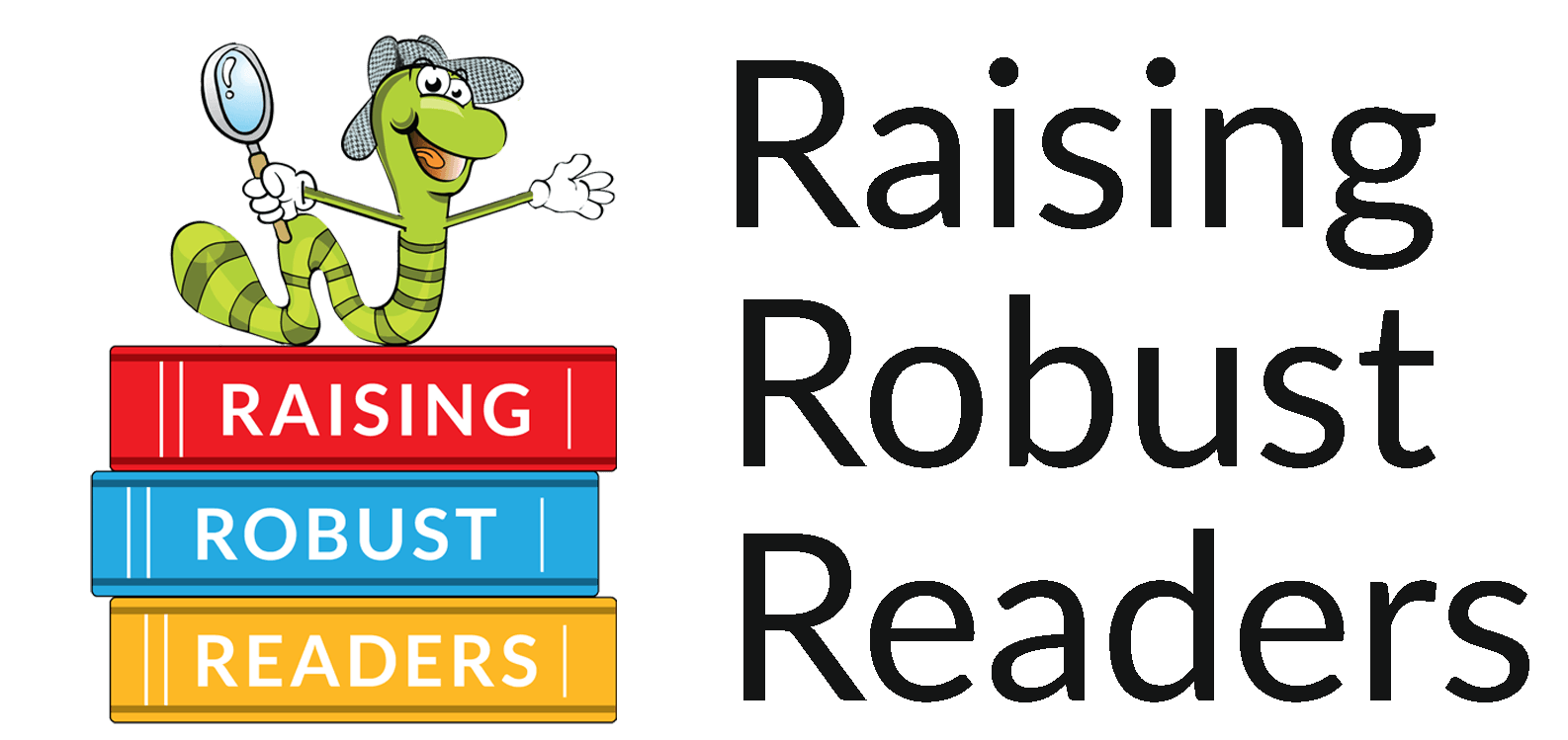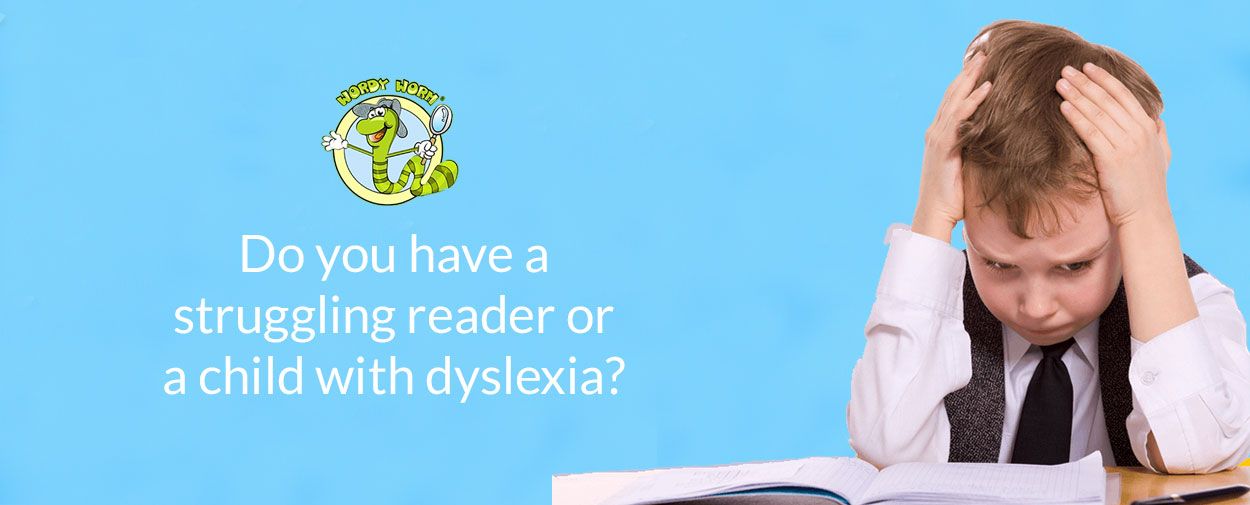
Learning to Read Doesn't Have to Be a Struggle
Children who struggle with reading experience shame, frustration and low self-esteem. Their confidence spirals down with each negative grade or experience. They do not blame adults, exterior circumstances nor ineffective teaching strategies. Children who struggle with reading blame themselves. We have a special place in our hearts for struggling readers.
Do you have a child who struggles with reading or has been diagnosed with dyslexia? Are you looking for a reading program that has been proven to help children with dyslexia? Then read on.
Raising Robust Readers is a phonics-based, phonogram-specific, family-friendly reading program that uses multi-sensory teaching strategies to go beyond the 26 alphabet letters to teach the remaining 46 letter combinations. These 72 phonograms, along with the 6 significant syllable patterns, make reading logical, predictable and easy to decode.
We invite you to scroll down to read more, and find out how it can help you and your struggling reader!
What is Dyslexia?
Dyslexia is characterized by difficulties with word recognition and fluency as well as poor spelling and decoding skills.
- An estimated 20% of school age children in the US are dyslexic. (Dyslexia Scientific American)
- The average family pays $6,000 to $8,000 per year for tutoring. Those are the lucky ones.
- “Given the high prevalence of reading difficulties, it is more likely for your child to have a reading problem than almost any other physical problem for which he is being checked.” - Overcoming Dyslexia by Sally Shaywitz, M.D.
There is no correlation between dyslexia and IQ. It is genetic, runs in families and has neurolological, brain-based differences. Dyslexia is hard to diagnose, and sometimes subjective. Once diagnosed, you can't take a pill or a shot, and have it go away.
You Are Not Alone
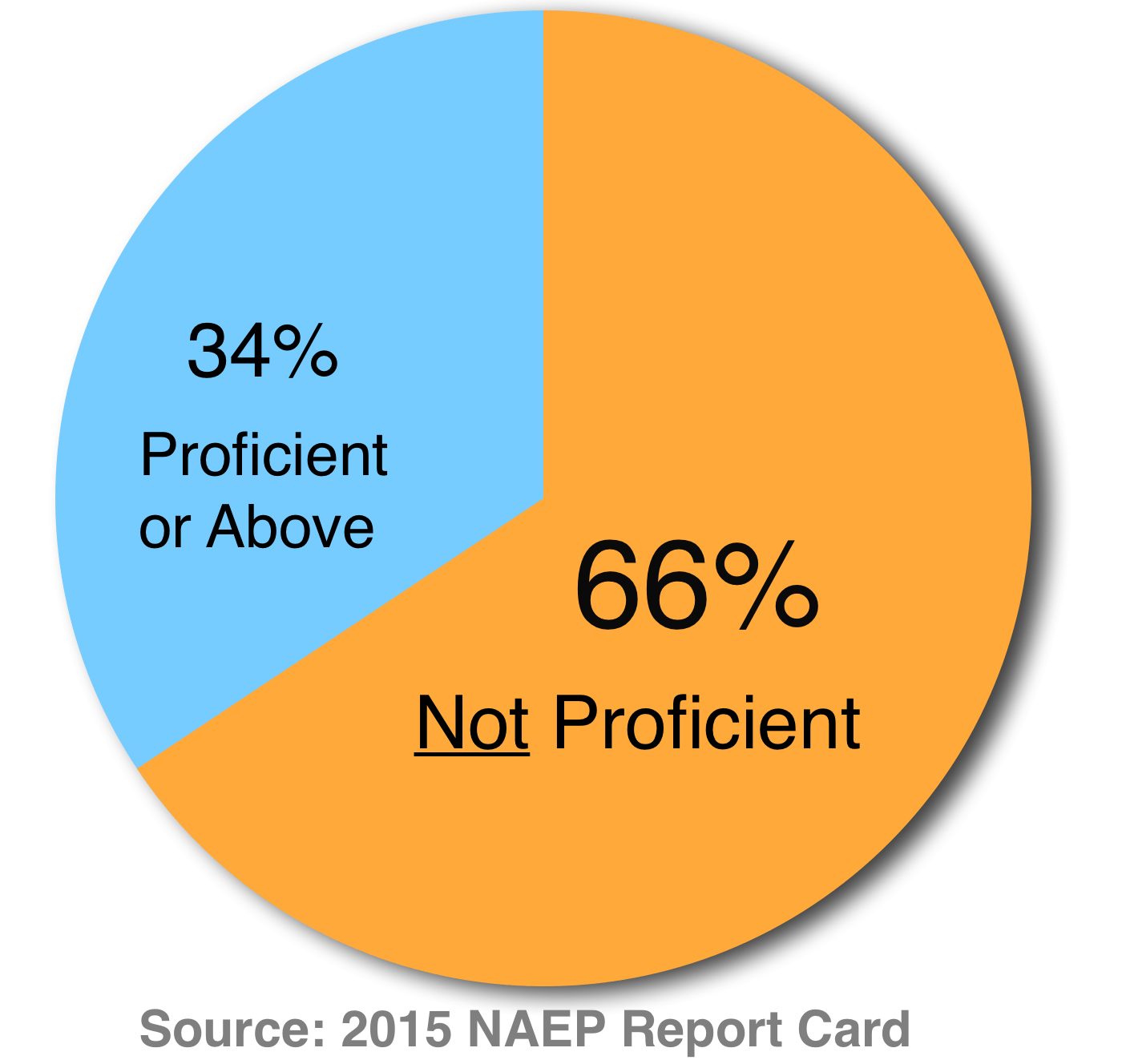
Do you have a struggling reader? You are not alone. According to the 2015 Nations Report Card, approximately two-thirds (2/3) of 4th and 8th graders, nationwide, are not reading at grade level.
Traditional methods are failing many of our children. Instruction should fit the child. The child, if not progressing, should not be expected to fit the instruction.
Dyslexia Intervention: What is Possible?
According to Patricia Mathes, PH.D. and Editor-in-Chief of Annals of Dyslexia, "When intensive intervention is provided early, before failure has occurred, dyslexia can be largely avoided." Instruction is the most important environmental factor. In other words, if a child is instructed with ineffective reading methods, the condition will be exacerbated, not alleviated. For more information, listen to her webinar, Curing Dyslexia, What is Possible?
According to the International Dyslexia Association, Orton-Gillingham systems are recognized as the only research-proven, effective methods in working with individuals who have dyslexia. These methods use multi-sensory decoding skills that teach reading which build on sounds, syllables and spelling rules. Although well intentioned, most schools don’t have the resources to diagnose dyslexia, and most classroom teachers have not been trained to remediate in Orton-Gillingham methods. Parents expect schools to provide evaluation and remediation for their struggling readers; but navigating the bureaucracy can take months and even years. Your child cannot afford to wait!
There are proven ways to help dyslexic children learn to read. Listen to an American Public Media documentary on dyslexia, school inadequacy and parent advocacy.
- Time does not stop for our children.
- Time does not wait for schools to train teachers to help students with dyslexia.
- Time does accelerate for those students who have knowledgeable, involved parents.
The Raising Robust Readers Course:
Why choose our course?
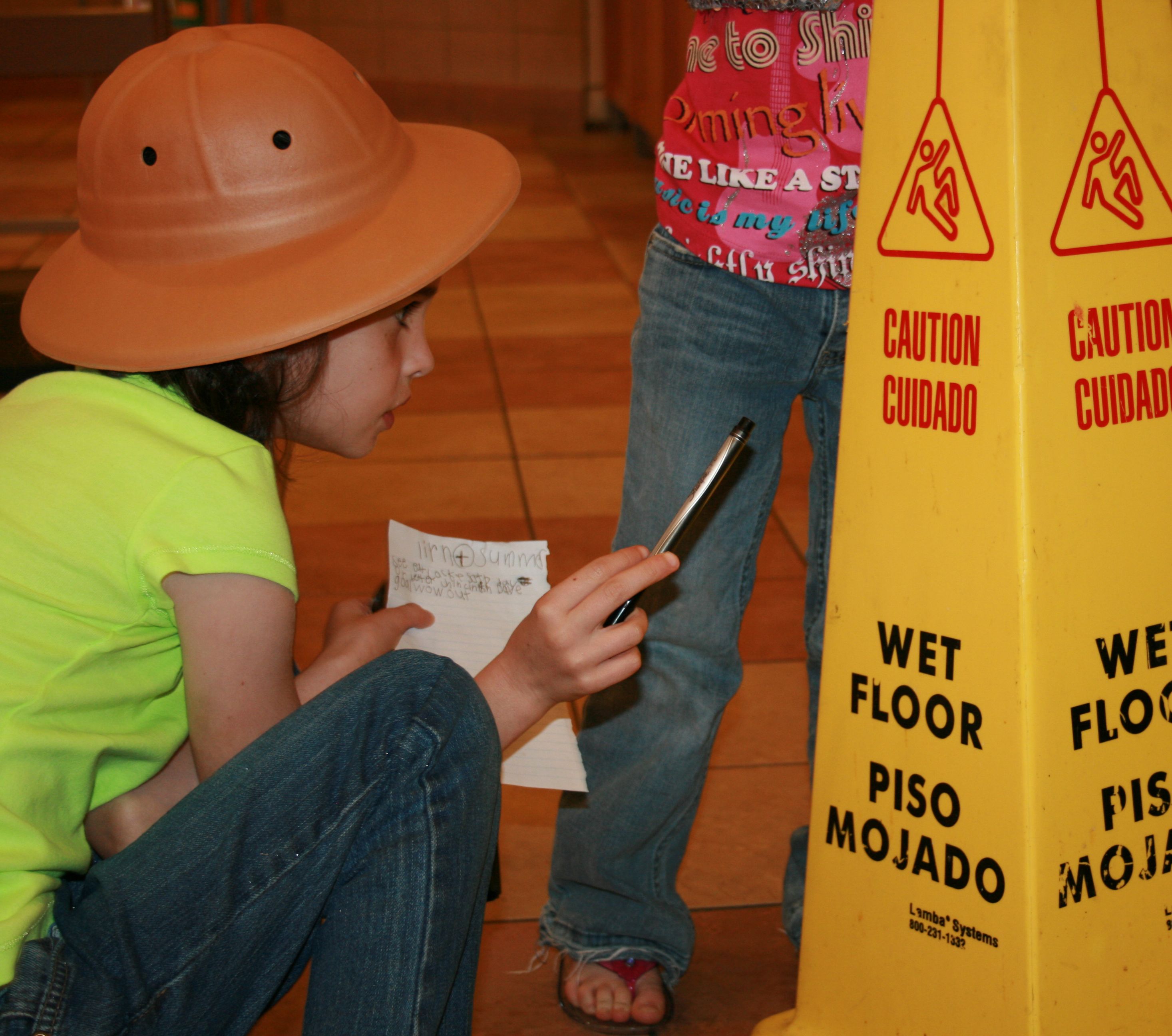
Research-Based + Fun-Filled Play
Raising Robust Readers incorporates the best practices of the National Reading Panel, the National Right to Read Foundation and the International Dyslexia Association. This, multi-sensory, explicit and systematic instruction of phonics, which is critical for a child with dyslexia, is at the core of our program. But, equally as important, is the built-in, fun-filled play. Play promotes brain growth and creates an additional pathway to learning.

Designed With You in Mind
Don't be fooled by the notion that only 'trained professionals' can teach reading. We designed this course for parents, volunteers and all caring adults who want to help children learn to read. No more spending time teaching reading for 30 minutes across a table. When parents teach, and children learn, on the go wherever they go, the experience is easier, more enjoyable and more meaningful. The car, restaurants, supermarkets, the kitchen pantry and the doctor’s office replace stressful study sessions at desks and tables. The world is your workbook, and environmental print that is all around (signs, menus, etc.) is your worksheet.

All Ages and All Stages
Raising Robust Readers can be used for all ages. It is simple, clear, child-friendly and free of textbook jargon. Instruction can be easily adjusted and adapted for all ages and ability levels. Thus, when using developmentally appropriate strategies, everyone may benefit — from babies to adults, and from strong readers to struggling readers.
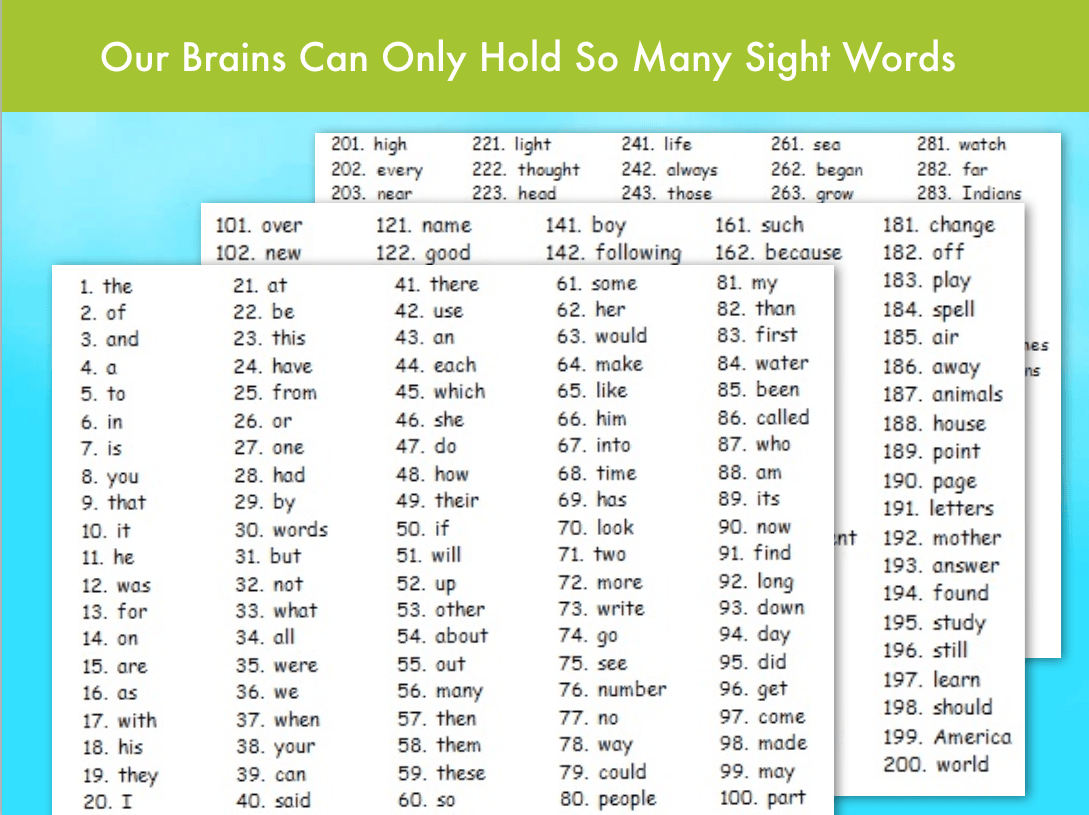
No Memorizing Sight Words
Sight words and whole word memorization may be detrimental to students with dyslexia. Decoding words in the traditional, letter-by-letter manner can have crippling results. Children are expected to memorize some 300 sight words when in fact most of them can be sounded out. Try sounding out ‘eight’ one letter at a time and pronounce the result. Now try explaining how that garbled sound equals ‘eight.’ The default solution is to make it a sight word. But there is a better way! With phonograms, the confusion, frustration and failure can be remedied, and your children will understand the WHY!

Answer the How and Why
Where is the a in eight? Where is the e in amphibian? Where is the f in elephant? How do I explain why we spell cat with a c and kitten with a k? Both start with the same sound. How do I explain why duck ends in ck and lark ends in k? What else can I say instead of, "English is a crazy language. Just memorize the word."? I don't know any other explanation.
English is logical and sensible when you learn the reading code, and can explain it to your children. Click on the link at the bottom to find the answers.
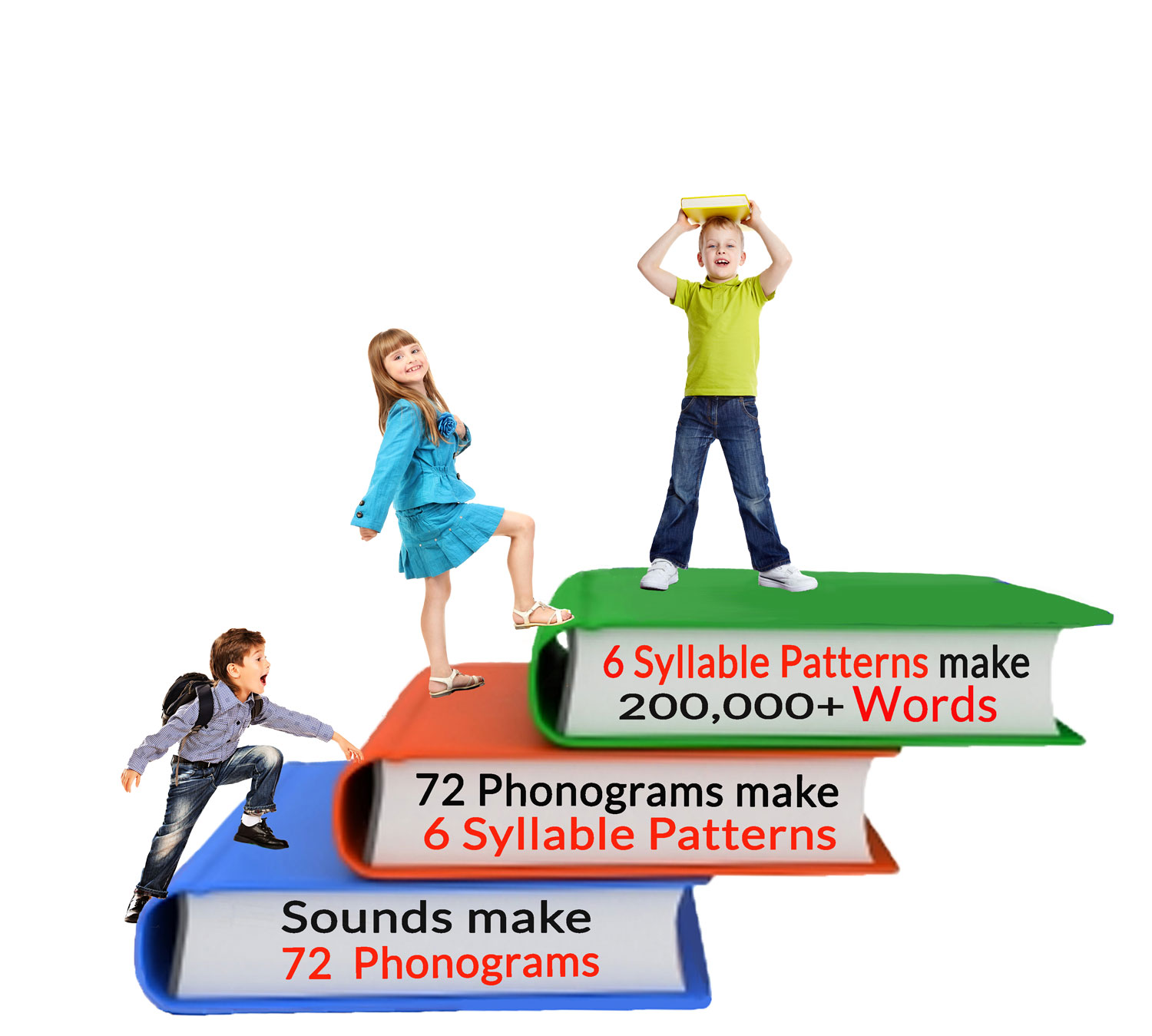
What Sets Us Apart
Our multi-sensory instruction will teach your child or student auditory, visual, tactile and kinesthetic instruction, simultaneously, through songs, gestures and play. Our sequence of instruction is a carefully crafted departure from traditional approaches. Blending begins very early so learners experience the joy of reading, not just saying sounds and recognizing letters. Each phase is designed in small successful steps from simple to complex; from sounds to syllables to words. Your child or student will no longer need to randomly guess at unfamiliar words.



"You can purchase a lot of things for your children.
But you cannot buy them self-esteem and confidence."
Stephanie
Mother of a child who used to struggle with reading before enrolling in the Raising Robust Readers Course
Robust Readers in Real Life:
Meet Sydney, a struggling reader, whose life has been changed with the Raising Robust Readers course.

Sydney was struggling to memorize the 300 sight words that were required by her school in first grade and falling behind in her reading. Concerned, her mother enrolled her in Raising Robust Readers. After only three months, Sydney's reading level had improved to above grade level. She progressed so quickly that her teacher said "the results didn't even look real on paper!" Sydney's self-esteem and confidence started to soar along with her reading. Her one goal was to be able to "read a chapter book like the rest of her girlfriends." Mission Accomplished!!
The Benefits of Intervention with
Raising Robust Readers
BUILDS CONFIDENCE AND SELF-ESTEEM
Every step and strategy in this program is designed to make sense and help children experience success. We teach to success, in small steps to help students experience confidence in their abilities.
TRAINS THE BRAIN
Raising Robust Readers 'trains the brain" to read sounds in words, not individual letters. A word like caught, with three sounds, is as easy to read as, cat, which also has three sounds. c-augh-t c-a-t
DEVELOPS COGNITIVE SKILLS
Improve those core skills that your brain uses to think, read, learn, remember, reason and pay attention. Each skill plays an important role in processing new information.
IMPROVES SPELLING
Children with dyslexia struggle with spelling; but so do most students. When we teach children HOW words work, they can use that knowledge for spelling and writing.
The Raising Robust Readers Course:
Ideal for Busy Parents & Struggling Readers
The Online Course with 18 step-by-step modules includes everything you need to teach your child how to read, including downloadable worksheets, fun-filled activities and more!
Easy for parents to learn and teach. Our online course videos guide you through the course, and show you the most effective methods to teach your child.
Uses the multi-sensory, research-based Orton-Gillingham approach
Course FAQs
What is phonemic awareness?
My junior high daughter was just diagnosed with dyslexia. Will this help her, or is it too late?
My Dyslexic son has 'typical' siblings. Is your program suitable for them as well?
My son is in a special education kindergarten class. I have been using your program with him at home with great success. The teacher uses sight words and consonant-vowel-consonant books. How can I get her to use phonograms?
When my older children were in pre-school, they learned the ABCs in order. You don’t teach them in order. Why?
How much time do I need to spend each day teaching reading?
I don’t feel qualified to teach reading. Won’t I be hurting my child?
Get Started on Your Way to Reading!
Awards and Accolades

Authors Judy O’Halloran and Marilee Senior received a 2015 Moonbeam Children’s Book Award for literacy for “The ABCs of the Sounds We Read: Going Beyond the Alphabet to Discover the Reading Code.”
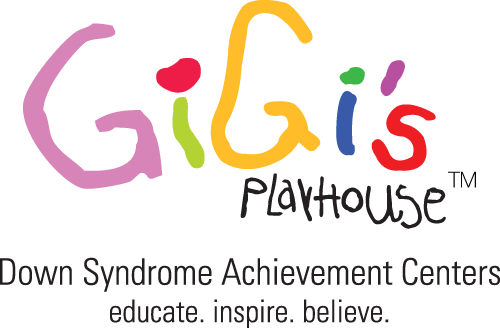
Raising Robust Readers has been chosen by GiGi's Playhouse Down Syndrome Achievement Centers to be used internationally with their literacy programs.
